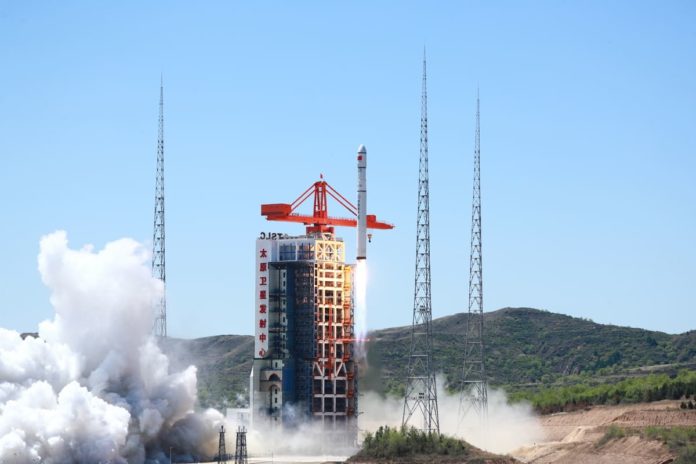
China has successfully launched a Long March 6C rocket, a significant step towards the country’s goal of conducting 100 orbital missions this year. The 131-foot (43-meter) rocket, designed to launch small and medium-sized satellites into low orbits around Earth and into sun-synchronous orbits, successfully lifted off at 11:21 a.m. (EDT) on Monday, May 6 (03:21 a.m. on May 7) at a spaceport in the mountainous Shanxi province. The payload weight can vary from 6 to 10 tons, depending on the required orbit. The rocket’s inaugural flight was a success, with four satellites successfully placed into orbit, including synthetic aperture radars and optical Earth observation platforms, as reported by SpaceNews.
The Long March 6c rocket employs a kerosene-based fuel, RP-1, in conjunction with liquid oxygen, making it more environmentally friendly than previous generations of Long Jump rockets. The principal advantage of this rocket is its capacity to accommodate a range of payload sizes, rendering it suitable for deployment in a multitude of space missions. China has indicated its intention to utilise the Long March 6C rocket to address the growing demand for small and medium-sized satellites within the commercial space industry. These satellites will be capable of being launched into sun-synchronous orbits, as reported by China Daily.
This launch marked the twentieth for China this year, following the successful return of samples from the lunar surface of the Jiangye-6 mission. The country’s plans include the launch of approximately 100 spacecraft this year, with approximately one-third of these being commercial.













A person necessarily assist to make seriously
articles I might state. That is the first time I frequented your website page aand tto his point?
I amazed with the analysis you made to make this actual
publish amazing. Fantastic process!